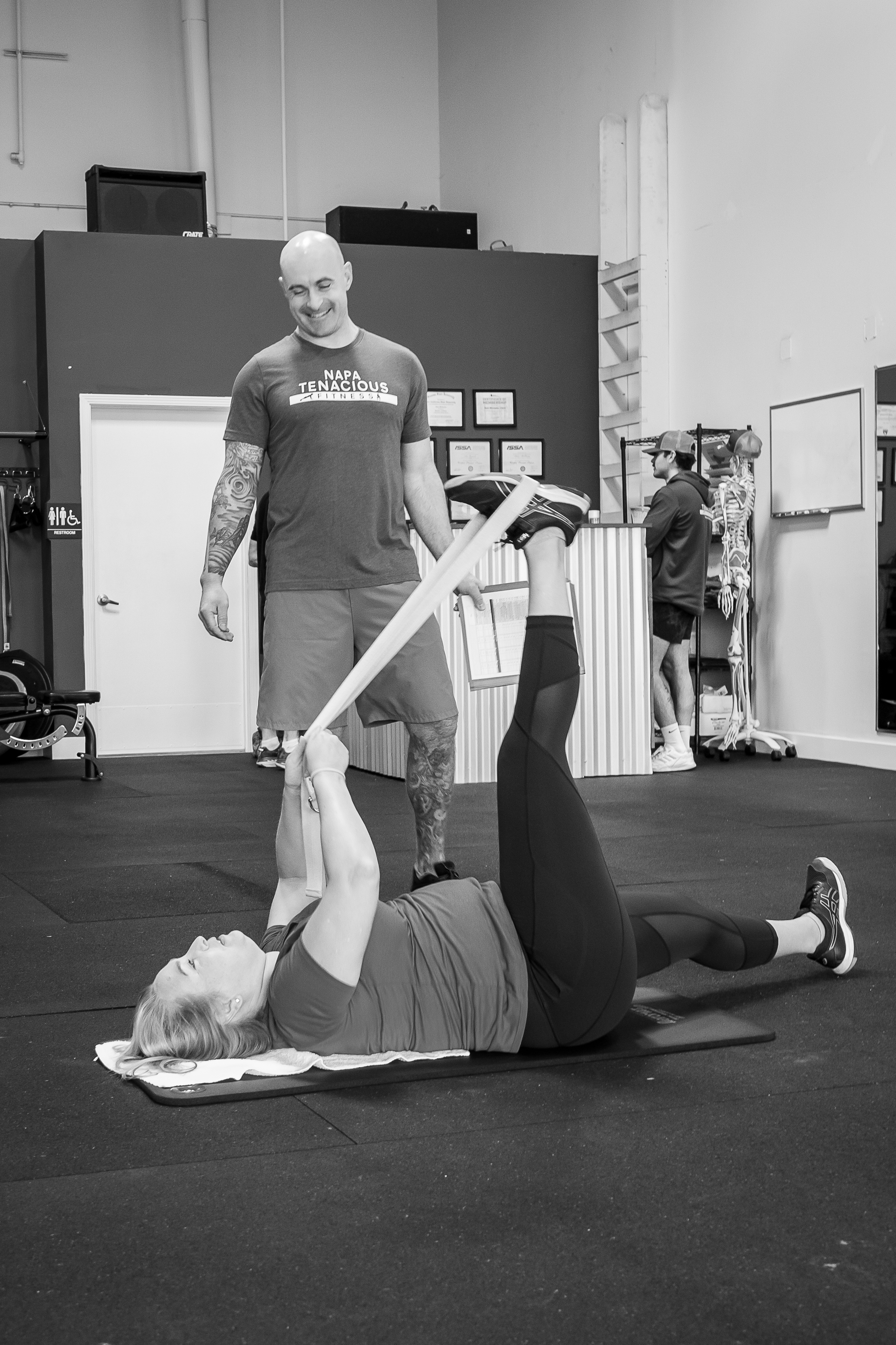Our bones are significant organs within our body responsible for the infrastructure and framework that keeps us upright and allows us to move in multiple planes of motion. Similar to how rebar, cement, and two-by-fours hold buildings together, our bones supply an internal stabilizing factor to support our body. Our skeleton offers us a magnificent design featuring bones possessing unique movement abilities based on the bones shape and location within the body. Various types of joints, such as ball and socket, hinge, saddle, and facet joints, offer a wide array of movements in our extremities. Needless to say, the bones residing underneath, around, and on top of muscles, nerves, blood vessels, and internal organs are extremely important.
A potential threat to our bone health is degenerative bone disease. A common diagnosis society is afflicted with is arthritis. This bone condition can be stemmed from various originations. Sometimes, arthritis can be a genetic condition in which degenerative bone and joint disease are present in other family members. However, a typical presentation of degenerative bone disease comes in the form of underuse or a sedentary lifestyle, which produces a deconditioned state for humans who perform suboptimal physical activity and lack routine exercise. This lack of exercise and physical activity sends a message to the body that if the body stops moving, then there wouldn’t be any reason to have strong bones to support a physically inactive individual.
Bone mineral density can be defined as the strength present within the internal structure of our bones. Osteocytes, blood vessels, and collagen cells comprise the fabric holding our bones together. The status of the cells and compounds in our bones contribute to our bones strength.
To counteract the harmful effects of arthritis and degenerative bone disease, the body needs a stimulus to promote the strengthening and resynthesis of bone mineral density. One of the most efficient and effective ways to encourage the reinforcement of strong bones and joints is to perform safe and effective resistance training exercises. An increased lean muscle mass around bones mitigates force from exertive movements to apply too much stress to the bones. Additionally, the body will react to a skillfully designed resistance training program by detecting the stress imposed on the area of the body being moved through slightly exertive movements. The result of physical stress via skillful exercise not only increases lean muscle mass but also sends signals to the bone cells to respond to exercise-induced stress. Adaptations of increased blood supply to the cellular structure within deep layers of the bone trigger repair and resynthesis of bone cell and collagen, making the bone tissue more durable, dense, and stable. Therefore, adhering to safe and effective resistance training routines can potentially mitigate the suboptimal effects of arthritis and degenerative bone and joint disease.
Focusing on low impact isometric or eccentric movements is a great place to start when the goal is to promote bone and muscle strengthening. Before picking up the dumbbells, kettlebells, and barbells at the gym, perhaps a more suitable approach would be to seek counsel from a private Pilates instructor, a Yoga teacher, a physical therapist, or a skilled personal trainer. Exercise is a crucial medication for combatting arthritis. However, conducting exercise routines should be performed skillfully and safely to allow time to learn the purpose and techniques of each movement.
Sean McCawley, the founder and owner of Napa Tenacious Fitness in Napa, CA, welcomes questions and comments. Reach him at 707-287-2727, napatenacious@gmail.com, or visit the website napatenaciousfitness.com.

